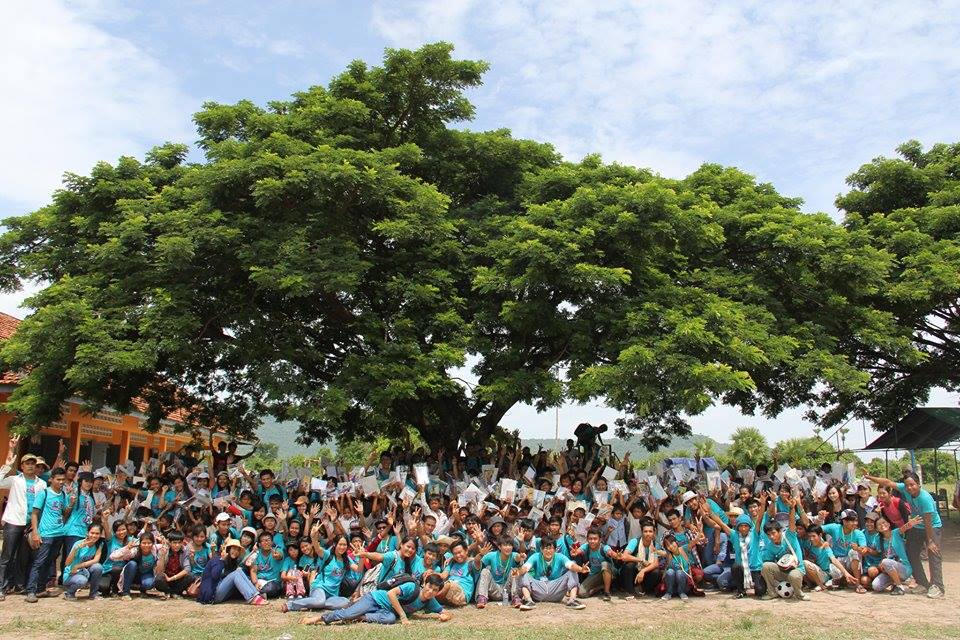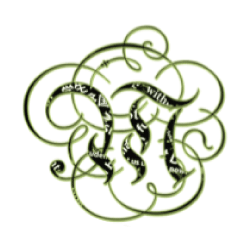
MIS(Multilateral Interaction with Students)は、カンボジア・ベトナム・フィリピン・ビルマ(ミャンマー)・インドネシア・インド・マレーシアといった計7か国の東南・南アジア各国の学生とともに、年1〜2回ほどのペースでプロジェクトを実行しております。また、普段は、各プロジェクトチームごとに年30回ほどのミーティングを行い、プロジェクトの準備を進めるほか、プロジェクトを円滑に進めるためのマネジメント手法の学習などを行っています。
Seed the future, lead the world.
将来を担う私たち学生が、国の垣根を越えて、世界を引っ張っていく存在になろう、そのために未来への種まきをしよう、という精神を謳っています。
活動目的
社会に対し主体的・積極的に貢献することのできる次世代リーダーの輩出
MISは主体的に社会に貢献することのできる次世代リーダーの輩出を団体の目的としています。そのため、MISが次世代リーダーの必要要素として考えている、主体的に問題を発見し解決する能力を養うことを目指しています。プロジェクトを進め切磋琢磨する中で、MISに所属しているメンバーのみならず、提携先の学生も次世代リーダーとなることが我々の理想です。
活動内容
以上を踏まえたうえで、私たちは、各国の若者たちを巻き込んで、①問題発見 ②議論 ③実行 ④反省 のサイクルを繰り返すことを重視しています。
まず「問題発見」のフェーズでは、現地の学生の問題意識や、日本人から見た新しい視点などをもって現地のフィールドワークを行い、どういった問題があるのかを探します。しかしそこで上がった問題が必ずしも解決すべき、かつ私たちで解決しうる問題であるとは限りません。そこで次にその問題が本当にプロジェクトを組むべき問題であるのか「議論」して検証します。議論は、どの問題を扱うかから始まり、その解決プロジェクトの手段は適切か、などプロジェクト実行までのあらゆる時点で行われます。そしていよいよ議論を重ねて計画されたプロジェクトを「実行」します。そこで始めて認識できるプロジェクトの良い点、悪い点は多くあります。それらを受けて最後にきちんと「反省」することによって、次のプロジェクトをさらによりよいものにしていきます。反省フェーズは、新陳代謝が活発な学生団体においては、過去の失敗や成功例を受け継ぐためにも非常に重要な部分です。
以上で述べたように、この4つのうち、どれか一つでもかければ、意味のあるプロジェクトはできません。もちろん、このサイクルの中で立ちはだかる弊害はいくつもあります。ただ、そのような弊害を我々の限界と捉えるのではなく、1つ1つ乗り越えていくことによって学生が可能性の限界に挑める場を提供したい、MISではこのように考えています。そうした挑戦を通して、将来的に彼らが真に国際社会に貢献できる人材となることを心から期待しています。
<沿革>
2011年12月
発足
2012年4月
JCSI、ファシリテーション部門設立
2012年9月
新規ネットワーク部門設立
2013年4月
新規ネットワーク部門にJSSI、JPSI、JVSIを設立
2013年7月
NPO法人格を取得
2013年10月
新規ネットワーク部門とJCSIを統合し、ネットワーク部門へ
2014年4月
ネットワーク部門にJISIを設立
2014年8月
カンボジアにて初のMultilateral Projectを実施
2014年9月
ネットワーク部門にJDSI(ダッカ)を設立
2015年4月
ネットワーク部門にJMSIを設立
2014年8月
日本にて初のExperience Japan Projectを実施
2016年3月
欠員多数のためJSSI活動休止
現地の治安悪化のためJDSI(旧ダッカ)が渡航を中止、拠点をデリーに移す
2016年4月
Experience Japan ProjectがJOSIとしてネットワーク部門に移転
2019.06.25 18:19 JPSI 2019 春渡航報告
【JPSI 2019 春渡航報告】
[活動地域] マニラ(フィリピン)
[参加人数] 7期10人、パーティシパンツ
[渡航スケジュール]
2/27 マニラ着。提携先と顔合わせ
2/28 提携先と今後の予定について共有・現地の小学校を訪問
3/1 アテネオ大学を訪問・日本語学部の教授にお話を伺う
3/2 スラム街を2か所視察、現地の日本人学校のイベントにおいて情報収集
3/3 昨日の活動をフィードバック・提携先と現地の博物館を訪問
3/4 現地で最も発展している街(マカチ)を視察
3/5 セブへ移動
3/6 セブで活動している日本のNGOを視察
3/7 観光尺
3/8 東京着
[プロジェクト内容]
夏渡航で行うプロジェクトへの知見やデータを得るため、小学校やマニラのマラボンにあるスラム街、大学教授やNGOを訪問した。
[プロジェクトの目的]
教育問題、ストリートチルドレン又はその両方にフォーカスしたプロジェクトを予定しているため、教育施設である小学校や大学、ストリートチルドレンの住むスラム街や彼らに対し支援を行っているNGOに訪問した。
[プロジェクトの活動]
小学校においては、学習環境を視察するために英語で作成したアンケートを配布し、データを取った。また教員に対してもインタビューを行い、政府指定のカリキュラムや学習状況などを把握した。ストリートチルドレンに対しては、なりたい自分を絵に描いてもらうことで将来像をどのように考えているかのデータを取った。マニラのアテネオ大学の日本語学部の教授やセブで訪問したストリートチルドレンに対し音楽を通して支援を行っているNGOでは、施設の方に直接話を伺い、支援そのものに対する助言をいただいた。
[渡航の成果]
夏渡航のプロジェクトを明確化させるためのデータや経験を得ることができた。また、2018年の夏渡航とは違う提携先のもと、視察を行ったが、その新しい提携先とも中を深めることができた。
【JPSI 2019 Spring project report】
[Project Area] Manila, Cebu(Philippines)
[Project Members] 10 members from 7th +participants, Project Partner: CLAY
[Schedule]
2/27 Arrived Manila. Met with CLAY
2/28 Shared the schedule with CLAY, Visited the elementary school
3/1 Visited the Ateneo University and got the advice from the professor
3/2 Visited two Slums, Got the information by participated in the event of the Japanese school of Manila
3/3 Feedback the activity of 3/2, Visited the museum with CLAY
3/4 Visited the most developed city in Manila (Makati)
3/5 Move to Cebu
3/6 Visited the Japanese NGO that works in Cebu
3/7 Sightseeing
3/8 Arrived Tokyo
[The content of project]
To get the information, data and experience for the summer project, we visited the elementary school, slums, the professor of the university and NGO.
[Purpose of the project]
To tackle on the problem in education or street children, we went to the educational institution such as university and elementary school and slums that street children live and NGO that support the street children.
[Activity of project]
For the elementary school, we took the survey to learn about the educational situation and interviewed the teachers. For the street children, we let them to drew what they want to be in the future and get to know how they imagine about their future. For the NGO and the professor, we got the advices about conducting project itself.
[The result of the project]
We could get the useful data and experiences for the summer project and we could build good relationship with new project partner, CLAY.

